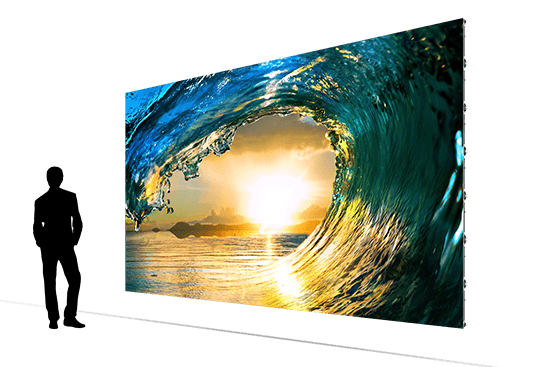Exploring the Key Factors That Affect Color Uniformity in LED Wall Screens for Optimal Display Output
Exploring the Key Factors That Affect Color Uniformity in LED Wall Screens for Optimal Display Output
Blog Article
Hue uniformity in LED wall panels is crucial for attaining maximum optical performance. LED wall screens are commonly used in various environments, including musical events, meetings, and promotional showcases. When the colors on these screens are uniform, they create a more captivating and immersive experience for viewers. Several key elements affect color consistency, including the quality of the LED components, calibration processes, and surrounding factors.
The quality of the LED components plays a significant role in hue uniformity. Various types of LEDs emit light at different wavelengths, which can affect the overall color output. High-quality light-emitting diodes are designed to generate a more uniform light range, leading in improved color accuracy. Additionally, the production method of these light-emitting diodes can affect their performance. Panels made with superior materials and techniques tend to have less hue variations, ensuring that the displayed images and videos look vibrant and true to life.
Calibration is another crucial factor in maintaining hue uniformity in LED wall read here panels. Tuning entails adjusting the configurations of the panel to ensure that the hues shown match the intended appearance. This procedure can consist of fine-tuning brightness, differentiation, and color balance. Frequent tuning is essential, especially in environments where lighting factors vary frequently. By calibrating the panels, specialists can fix any discrepancies in hue result, leading to a more uniform viewing experience.
Environmental factors also influence hue consistency in LED wall panels. Factors such as surrounding light, heat, and humidity can influence how colors are seen. For example, intense ambient light can wash out colors, making them look more vibrant. Similarly, harsh temperatures can affect the functionality of the light-emitting diodes, resulting to color shifts. To mitigate these issues, it is crucial to place light-emitting diode wall panels in managed environments where illumination and temperature can be managed effectively.
Lastly, the layout and arrangement of the LED wall panels can impact hue uniformity. The configuration of the screens, as well as the distance from which they are viewed, can create variations in hue recognition. When screens are placed too far apart or at different angles, viewers may detect discrepancies in hue. To obtain the optimal optical output, it is important to take into account the positioning and arrangement of the screens during setup. By addressing these factors, users can ensure that their light-emitting diode wall screens provide a uniform and superior optical experience.